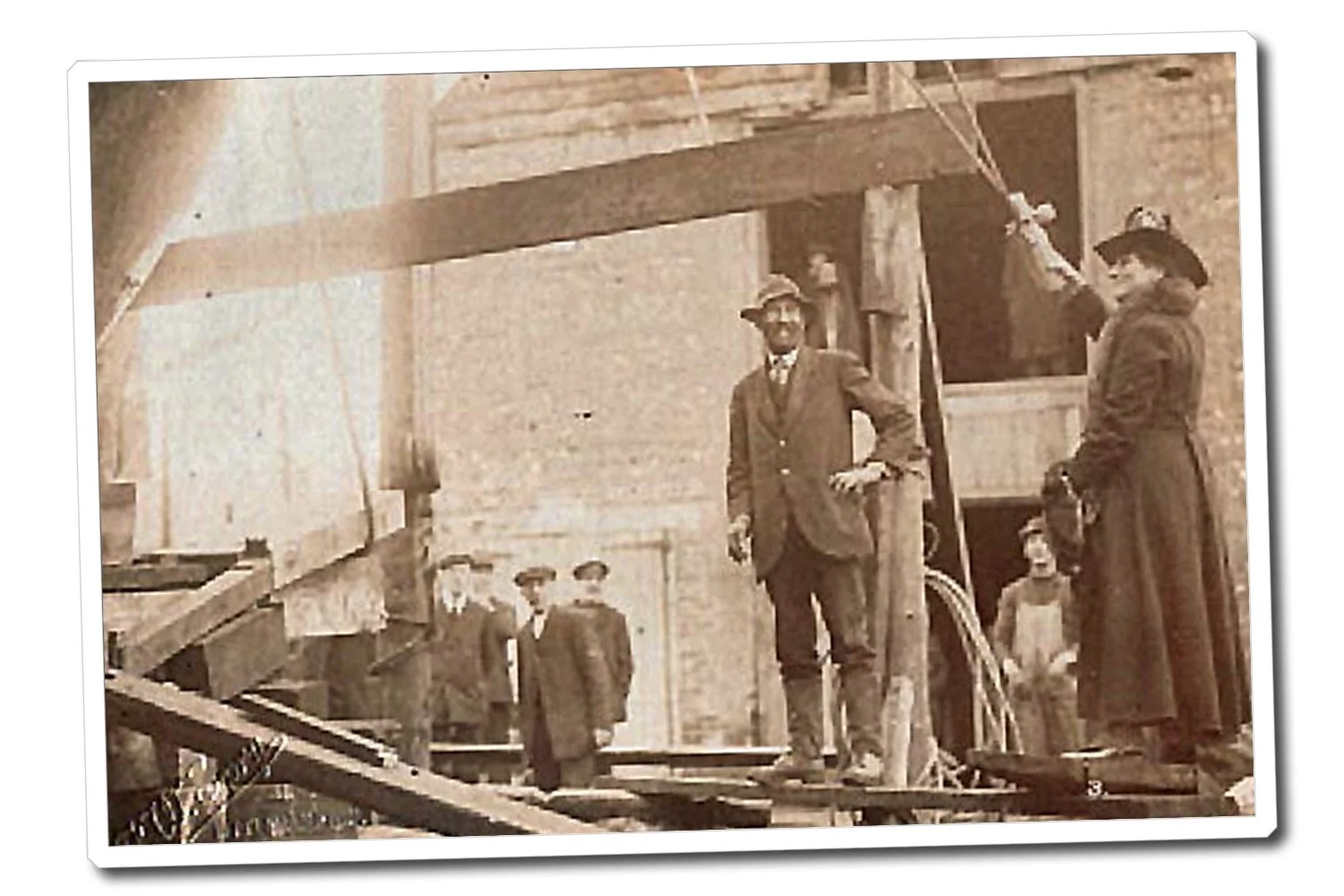Old Canal Bridge, Yapton
Most likely published by Cecil Travers of Brighton, this card shows a typical brick accommodation bridge over the dried-up route of the Portsmouth to Arundel Canal. The photograph was probably taken around 1905. A short way off from the Arun, the canal was joined to the river at Ford and so justifies inclusion on this website.
The bridge may have carried Drove Lane over the canal and is no longer in existence, although the site is still accessible. The name of the lane suggests that, in medieval times, it allowed drovers of cattle, sheep or pigs access between the flat fields of the coastal plain and local markets, or even further to the upland grazing of the South Downs.
The canal formed part of the overall London to Portsmouth route during the mid 1800s and was featured in the book ‘London’s Lost Route to the Sea’ by P.A.L. Vine, first published in 1968. Similar photographs, probably of the same bridge, appear in his ‘London's Lost Route to Portsmouth’ (2005, pages 142 and 143).
The card, posted in 1910, was sent by ten year old Stanley George Mantell to his cousin Lilian (Lily) Esther Mantell in D'Aubigny Road, Brighton. It discusses his holiday, and describes walking to Bognor that afternoon. The address shown for the sender is c/o Mrs. Trusslea, Drove Lane, Yapton.




